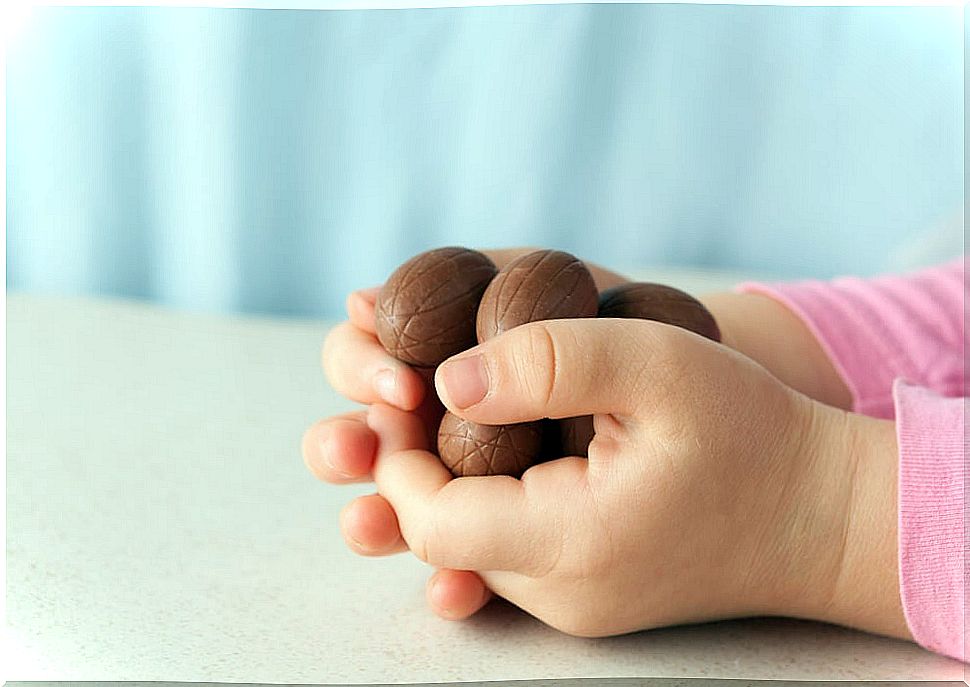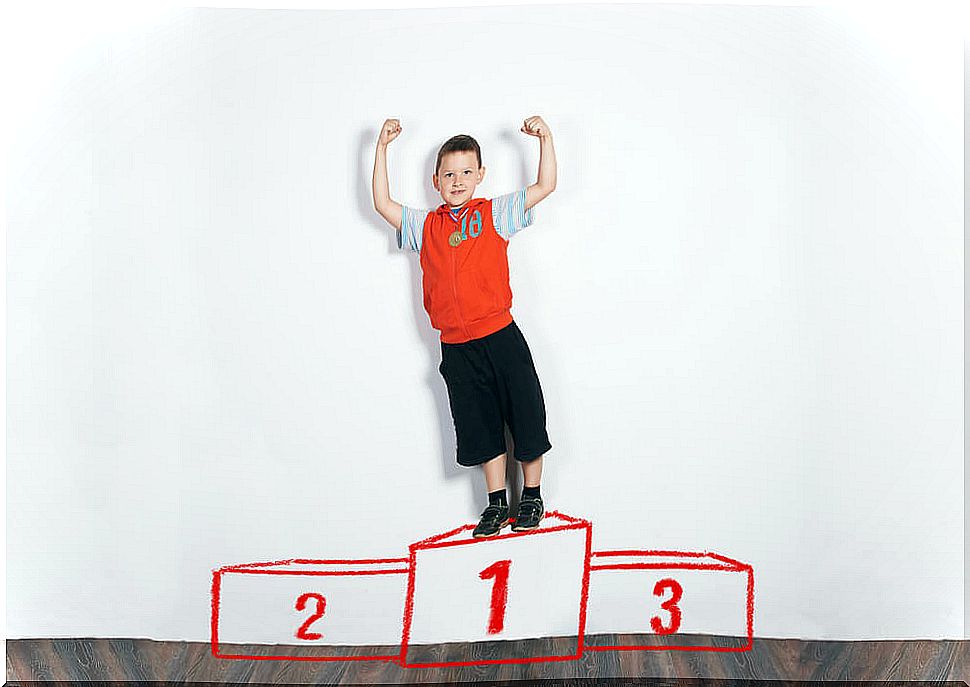When Do We Have To Reward A Child
Rewarding a child is very common in families. In fact, rewards are a technique that is often used to educate, especially children since they serve as a behavior modifier.
Moreover, the awards also function as a motivator. This is because, to develop a behavior, you receive something that you like. In fact, it could be said that rewarding a child is the opposite of correcting them through punishment, thus being a positive technique. What child can resist that?
This learning and teaching process is often based on various theories. Examples are the ” Operant Conditioning Theory and the Reinforcement Theory” , both by Barrhus Frederic Skinner, a prolific psychologist and social philosopher.
References can also be found in the ” Positive Reinforcement Theory” of Edward Thorndike, the father of modern educational psychology; as well as ” Theories related to motivation” , in case you want to delve into this.
How rewards work in children
Rewards are perfect for gradually turning certain actions into habits. Actually, by functioning as a positive reinforcer, you encourage the behaviors that you want your children to continue practicing.
Even if the technique is applied well, it can help this behavior to gain more force. Thus, over time, the behavior will have been reinforced and there will be no need to reward a child.

This effect is due to the fact that human behavior responds to external stimuli. In other words, if there is an incentive, then there will be a response and a subsequent pleasant state if the reinforcement is positive.
Therefore, not only our goals, concerns, curious, etc. condition a behavior, you also have to pay close attention to external consequences.
The motivation
On the other hand, incentives are related to motivation. No person is born with any degree of stimulation to achieve goals or achievements; it is a condition that is acquired from childhood. In reality, there is a great relationship between children who have strong achievement motivation and the nurturing they receive from their parents.
Those who care about educating their little ones with love, who promote independence and self-confidence, often have children who strive to achieve their goals. Now, before knowing when we have to reward a child, it is important to know how we can use positive reinforcement.
How to use positive reinforcement
First of all, we must specify that positive reinforcement can be any activity or privilege that your child enjoys. It is important to know what can work as a reinforcement in order to reward a child.
For example, it would not be a good idea to give your little one a book if he likes to play soccer. Rather, based on his tastes, you could buy him a ball or a small goal to really get him motivated. Or, allowing him to do activities that he enjoys may also work; for example, going to the cinema, watching TV, playing with the tablet, etc.
On the other hand, rewarding a child does not only have to do with material gifts. Similarly, words that convey approval and affection can be included by focusing on the behavior, not the way they are.

An example could be “I congratulate you for what you have done” , “I am very proud of you” , “Very good. I know you will achieve it ” , among other phrases that can promote motivation in children.
When we have to reward a child
To reward a child, it is necessary to do it immediately after having carried out the behavior that you want to reinforce. What kind of behaviors can they be? Everything will depend on the behavior of the little one.
Some ideas might be to stop swearing, keep your room tidy; brushing teeth, doing homework. It can also be helping at home, tying shoelaces, among many other activities and behaviors.
At the beginning, it is convenient to explain and teach by example the behavior that is expected of the child. If you notice that he is having difficulties, you can help him.
However, the guidance you provide is expected to taper off until it disappears. For this, it is vital to analyze its evolution and reward the progress that brings it closer to the goal. Be patient, changes need time and reinforcement.
Method for rewarding a child
Likewise, an article in the magazine Salud Mental proposes a series of steps to reward a child in a structured and effective way. This method is based on a technique known as “Token Economy” , by means of which complex behaviors are controlled and established in children.

If the little one complies with the behaviors they want to cultivate, then they are awarded a token with a certain number of points, which they can exchange for a prize that has been agreed upon in advance. Below we share the guidelines briefly.
- Specify the behavior to modify
- Identify the suitable prizes
- Immediately administer the prize
- Use different types of reinforcers so as not to tire the little one
- Accompany with social reinforcers
- Calculate the required amount of the reward or booster
- Progress from continuous reinforcement to intermittent reinforcement favoring the internalization of behaviors
Conclusions
As you note, rewarding a child involves analysis and effort on the part of the parents. This is necessary so that the reinforcement is oriented towards the development of positive and useful behaviors. Although the prizes are usually material, you can also use gestures or words of love and pride to motivate them.
Also, while rewarding a child is a positive strategy, we must make it clear that awards should only be used when necessary ; otherwise, children will only want to do what we tell them to get what they want and not on their own.
We must remember that the purpose of rewarding a child is to help him develop behaviors or skills that are good for him regardless of receiving an award. That is why it is essential to value aspects such as effort, work and perseverance above results.
And you, what do you think? When do you think we have to reward a child?









